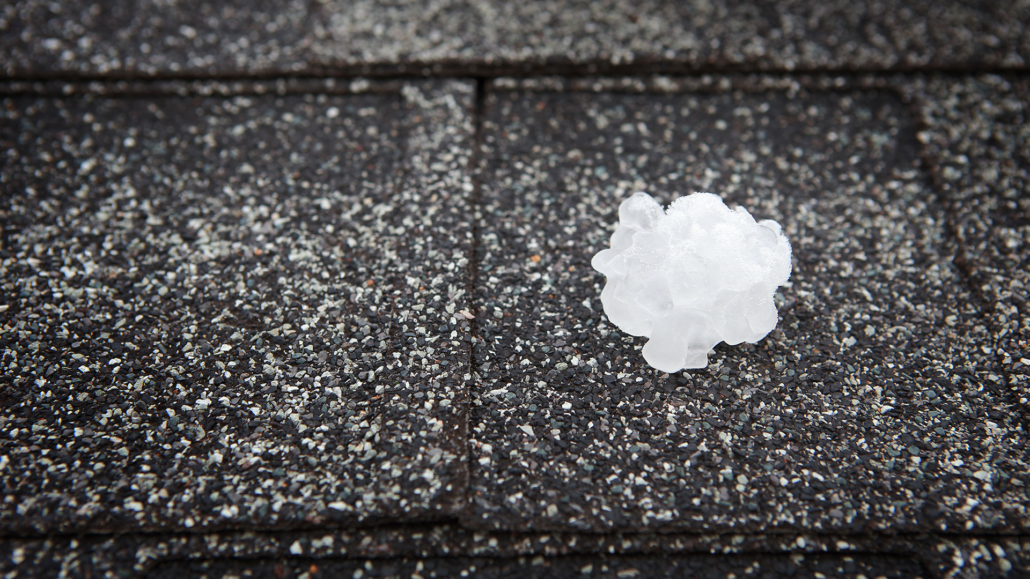Some Facts About Hail
It’s that time of year again, we are in the midst of hail season through many areas of the U.S. Hail can be dangerous and destructive, it also may be accompanied by other elements such as: heavy rains, high winds, and lightening. At M4 Roofing we do not take this lightly. In fact, we have a healthy respect for stormy weather. As self-proclaimed weather geeks, we recently found some interesting facts from NOAA’s Severe Storm Laboratory that we thought we’d pass along.
How large can hail get?
The largest hailstone recovered in the United States fell in Vivian, South Dakota, on June 23, 2010, with a diameter of 8 inches and a circumference of 18.62 inches. It weighed 1 lb 15 oz.
Who Knew?
Estimating Hail Size is often estimated by comparing it to a known object. Most hailstorms are made up of a mix of different sizes, and only the very largest hail stones pose serious risk to people caught in the open. When reporting hail, estimates comparing the hail to a known object with definite size are good, but measurements using a ruler, calipers, or a tape measure are best.
- Pea = 1/4 inch diameter
- Mothball = 1/2 inch diameter
- Penny = 3/4 inch diameter
- Nickel = 7/8 inch
- Quarter = 1 inch — hail quarter size or larger is considered severe
- Ping-Pong Ball = 1 1/2 inch
- Golf Ball = 1 3/4 inches
- Tennis Ball = 2 1/2 inches
- Baseball = 2 3/4 inches
- Tea cup = 3 inches
- Softball = 4 inches
- Grapefruit = 4 1/2 inches







